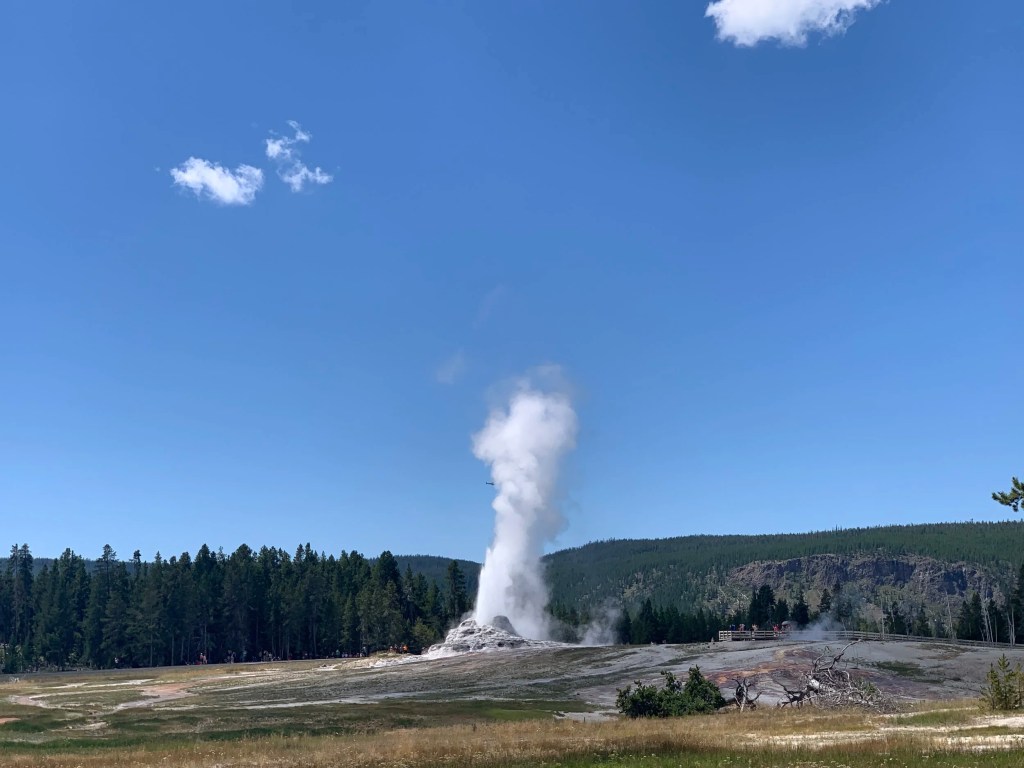Patent examiners who aim to do their job well have no easy task. There are so many aspects of an application and underlying invention that impact the grant of a patent it is a wonder that so many examiners do such a good job. Not only can the technology be challenging in addition to all of the legal issues, both procedural and substantive, but a patent examiner has the extra burden of being an advocate for the public as well as the judge and jury so to speak.
In the US legal system, patent prosecution is so called ex parte, although in reality it is more of a mix of ex parte and inter parte. While the applicant’s representative has the benefit of “only” being a zealous advocate, the examiner must be a fact-finder, judge of legal issues, and advocate for the public. This multi-role position can sometimes seem confusing as to how the examiner should operate.
Unfortunately, some examiners seem to get particularly confused between being an advocate for the public and being a zealous advocate adverse to the applicant. The latter is clearly not something the Patent Office, or any relevant statutes or rules demand. In fact, it is quite the opposite, which makes sense, since the examiner is supposed to be sufficiently neutral in order to make findings of fact (many of which are outcome-determinative as to patentability).
Practical examples of these issues are often beneath the surface and not susceptible to easy identification. However, sometimes examiners are more openly direct with their advocacy. One example where an examiner may go too far into the realm of zealous advocate against the applicant includes situations where the examiner does not fulfill some of the other non-advocate duties, such as finding facts. Consider an examiner forming an obviousness rejection who refuses to say one way or the other whether the primary reference has certain features of the claim. The examiner might be (correctly) worried that it is unclear whether the reference has a certain claimed feature, and so the examiner wants to be able to adapt to amendments and arguments the applicant might advance and wants the flexibility to argue either way (e.g., the examiner wants to argue both anticipation and obviousness). However, this goes directly against the examiner’s role of setting forth the facts that support the rejection.
The MPEP makes clear the role of Office personnel includes fact finding. MPEP 2141 confirms that Office personnel must articulate findings of fact that support the rationale relied upon in an obviousness rejection. Leaving out findings that are necessary to establish the rejection is not an option. Thus, an examiner might want to leave out certain factual findings (e.g., whether a reference shows a certain feature or not) for advocacy purposes in making a rejection, but that approach is at odds with the examiner’s requirement to find the relevant facts. Further, one could argue that an examiner advocating specifically against the applicant is at odds with the role of advocating for the public, who both want patents granted to aid in the advancement of technology and who also wants clarity as to what is new and different (or not new and different) in the patent as compared to the state of the art.
As many commentators note, trying to avoid an adversarial approach with examiners can be a good strategy. However, sometimes, it is the examiner pushing things in that direction, not the applicant. Further, if you find the Office acting outside of its defined role and unwilling to reasonably advance prosecution, there are various procedural avenues available to consider, as a lack of factual findings might give rise to a petition for an incomplete rejection.

Leave a comment